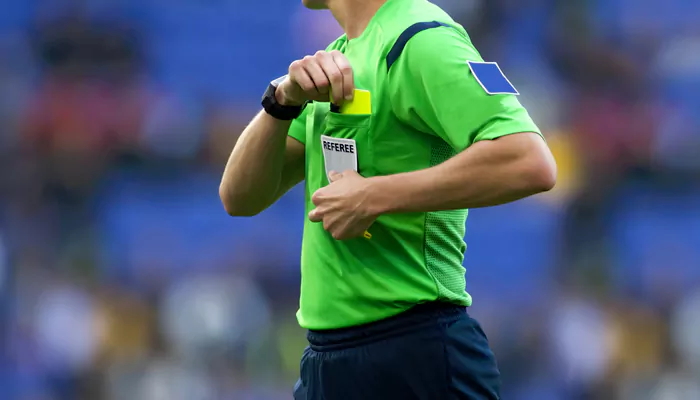
From the way games are played to the codes of conduct enforced, each sport and its regulations reflect the unique cultural, historical, and even legal contexts in which they operate
Sports have always held a significant place in societies worldwide, not just as entertainment but as platforms for competition, cultural expression, and even diplomacy. However, the rules governing sports vary greatly from one corner of the globe to another.
The Beauty of Diversity: One of the fascinating aspects of sports is how they can transcend borders while still maintaining their distinctiveness. Take football, for example, known as soccer in some regions. While the fundamental objective remains the same — to score goals — the rules governing the game can differ significantly. From variations in offside rules to the use of video assistant referees (VAR), each league and federation has its own set of regulations, contributing to the richness of the sport.
Cultural Influences on Sporting Regulations: Culture plays a pivotal role in shaping sporting regulations. In sumo wrestling, a sport deeply rooted in Japanese tradition, rules go beyond mere physical competition. Respect for opponents, adherence to ritualistic practices, and maintaining the sanctity of the ring are paramount. These regulations not only govern the sport but also reflect broader cultural values of honor, discipline, and hierarchy.

Legal Frameworks and Governance: Sporting regulations are not solely determined by cultural norms but also by legal frameworks and governing bodies. Organisations like FIFA (Fédération Internationale de Football Association) for football or the International Olympic Committee (IOC) for the Olympics, establish rules and standards that member associations and athletes must follow. These regulations encompass everything from doping policies to eligibility criteria, ensuring fair play and the integrity of the sport.
Adapting to Technological Advancements: As technology continues to evolve, so do sporting regulations. The introduction of Hawk-Eye technology in tennis revolutionized the way line calls are made, providing players with a means to challenge decisions with unprecedented accuracy. Similarly, advancements in equipment, such as swimsuits in swimming or aerodynamic gear in cycling, have led to regulations regarding their usage to maintain a level playing field.
Navigating Ethical Dilemmas: Sporting regulations often intersect with ethical considerations, particularly in cases involving performance-enhancing drugs or controversial practices. The World Anti-Doping Agency (WADA) establishes and enforces strict regulations to combat doping in sports, promoting fair competition and safeguarding athletes' health. Similarly, debates surrounding issues like transgender participation in sports highlight the complexities of balancing inclusivity with maintaining fairness and safety.
Local Traditions and Innovations: While many sports adhere to standardized regulations, others embrace local traditions and innovations. Take cricket, for instance, a sport with diverse formats like Test matches, One Day Internationals (ODIs), and Twenty20 (T20) cricket. Each format has its own set of rules and strategies, catering to different audiences and cultural preferences. Moreover, grassroots initiatives and community-driven sports often incorporate indigenous practices, fostering a sense of identity and belonging among participants.
Challenges in Global Harmonization: Despite efforts to standardize regulations, achieving global harmonization remains a challenge. Varying interpretations of rules, cultural sensitivities, and geopolitical tensions can hinder consensus-building among international sporting bodies. Issues like the participation of Russian athletes under a neutral flag due to doping scandals or debates over athlete activism underscore the complexities of balancing global standards with local realities.
From the fields of football to the courts of tennis, the world of sports is a tapestry of diverse regulations shaped by culture, law, technology, and tradition. While these regulations may differ in their specifics, they all share a common goal: to uphold the spirit of fair play, competition, and camaraderie. As sports continue to evolve, so too will the regulations that govern them, reflecting the ever-changing landscape of our global sporting community.